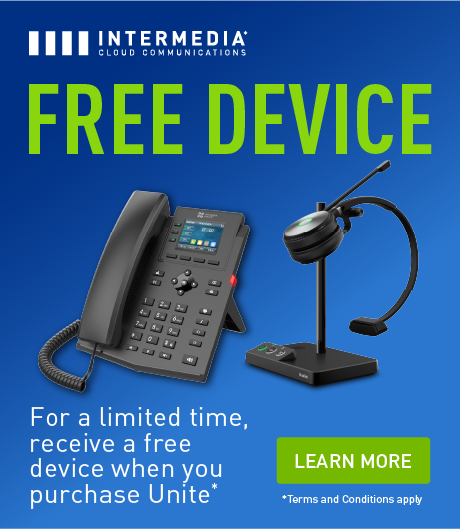When it comes to customer service over the phone, staying stuck in a queue and getting passed endlessly between agents remain top complaints. What can call routing do to solve that issue for you and your clients?
Intelligent routing provides a system where callers get quick and efficient attention whenever they reach out to you. Discover how the service works and where to get it.

Key Takeaways:
- Call routing gets customers to the appropriate agent quickly for faster resolutions and better service.
- Advanced call routing is a standard feature of top-of-the-line cloud contact center software.
- Businesses of all sizes can benefit from call routing, even smaller companies with a handful of employees.
- Look for a contact center with intelligent software that offers skill-based and priority call routing.
What Is Call Routing?
Call routing is what businesses use to automatically forward incoming voice calls to contact center agents. Other names for this system are:
- Automated (or automatic) call distribution
- Omnichannel routing
- Automated call attendant
- Virtual receptionist (or attendant)
Where a human operator once answered phones and connected callers to a specific exchange, an automated program can now handle the task at all hours and in multiple languages.
Even better, modern ACD systems do more than just ring all open lines or forward callers according to a single static list. Now, you can set rules in the software to manage the flow of inbound calls and get individuals to the appropriate person on the first contact with minimal transfers.
How Does Call Routing Work?
The process begins with someone calling your customer service line. Your automated call routing is what quickly picks up the call and delivers a friendly welcoming message.
The virtual attendant could then let the caller know that the next agent will answer when available. The system plays your selected music and can share messages in the meantime.
This setup is ideal when the reason for contacting you is clear from the number the caller dialed. For example, you may have a specific business number for handling technical support for a particular product line or users in a certain location. You can program your system to only ring groups of agents who handle those customers.
On the other hand, you can allow callers to guide themselves through your phone system with menus using keypad entry or enhanced interactive voice response. This way, the person can choose which department or individual to speak to. Callers can also access self-service options for account management, billing, and confidential information.

Who Needs Call Routing?
Anyone who gets a regular flow of incoming voice calls for customer support or service should have automatic call distribution. Call routing is what the top companies use to provide efficient customer service, so you should also invest in it to stay competitive.
Even if you only have a handful of employees, a virtual receptionist or call routing service is ideal. Customers still prefer to resolve challenging issues over the phone, and your clients could easily get frustrated if they have to wait a long time for someone to pick up their calls.
Call routing helps customers feel heard when no human agent is available. The system can work with other software integrations to register the interaction and let the caller know that someone will call back as soon as possible.
Other benefits include:
- Satisfied customers due to faster first-contact resolution and shorter wait times
- Engaged employees who spend less time on basic tasks with upset customers
- Lower operational costs because of more efficient service
Clearly, call routing is an essential advantage for all intelligent contact centers, including Intermedia’s.
What Are the Key Features of Call Routing?
Make sure your cloud contact center has the following features to experience what call routing is truly capable of:
- Round-robin assignments: Distribute calls evenly to agents to help them avoid burnout instead of ringing exchanges in the same order each time.
- Set routing times: Decrease callers’ wait times by defining for how many seconds an exchange will ring until the system routes the caller to a different agent.
- Priority-based routing: Assign an incoming call to agents by priority level (for example, moving VIP customers or someone with a critical issue higher up the queue.)
- Skills-based routing: Match callers to qualified agents by specific query or subject on the first contact to avoid passing customers between agents.
- Maximum queue time: If no agent is available, send callers back to the IVR to select another option, such as requesting a convenient callback or handling the query on a different communication channel.
Beyond these features, look for an IVR that is easy to set up and modify to meet your routing needs.
As far as your organization’s setup, how can you determine what call routing is right for your company? Intelligent contact center software provides an administrative dashboard with analytics that shows your team’s performance and call volumes. With the data, you can pick the right type of routing for each moment of the day.

Are You Ready To Find Out What Call Routing Can Do for Your Business?
If you want to see what call routing can do to enhance your contact center, talk to us at Intermedia. We’ll show you which cloud contact center service with intelligent routing is right for you.
May 17, 2024
Explore other posts on these topics: Unified Communications





